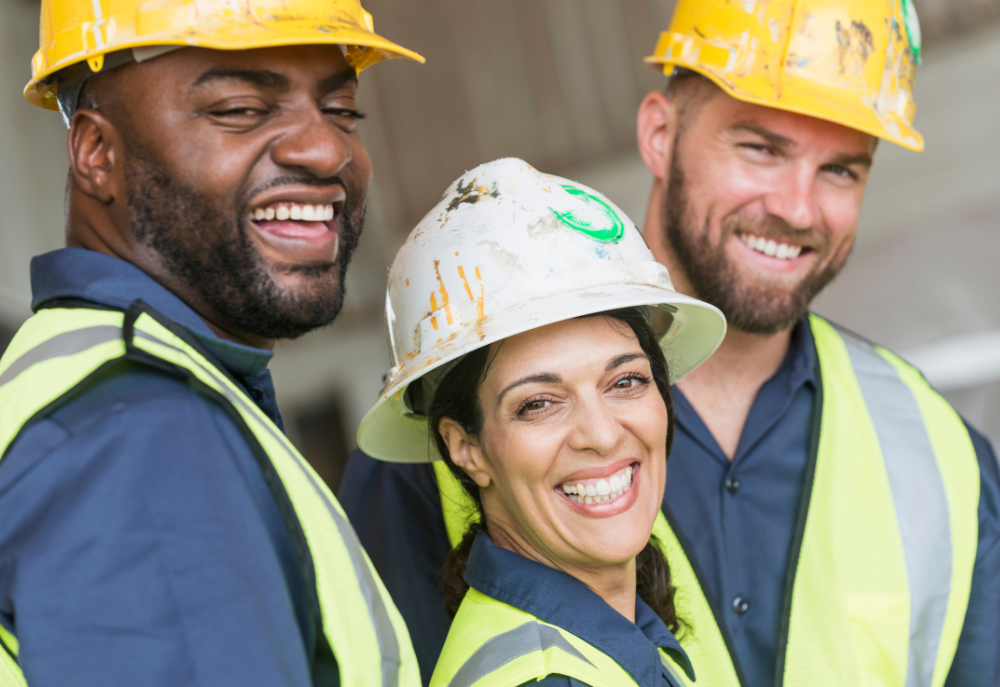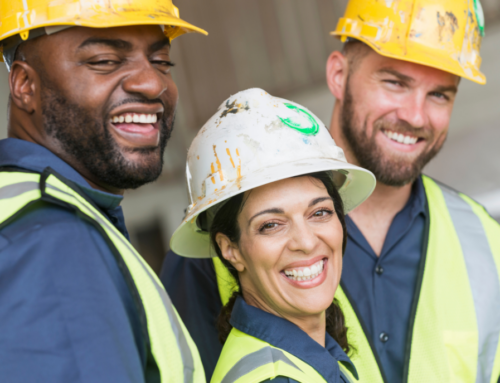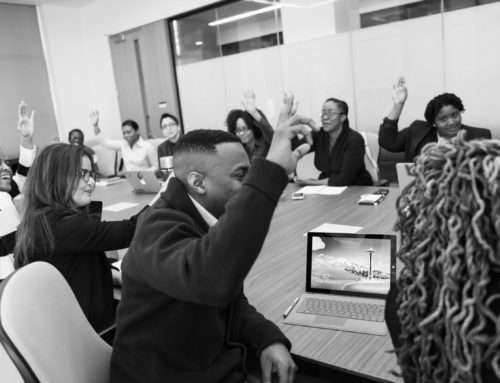Diversity and inclusion (D&I) have become fundamental pillars of progress in the modern workplace. This is true across industries, including the traditionally male-dominated field of construction. The construction sector has been making strides in embracing D&I, recognizing that a more diverse workforce brings fresh perspectives, increased innovation, and a broader talent pool. In this blog post, we will explore the significance of diversity and inclusion in construction hiring and why it is crucial for the industry’s future.
The Current Landscape
Historically, the construction industry has struggled with diversity and inclusion, often being characterized by a lack of gender, racial, and ethnic diversity. Women and minority groups have been underrepresented in the sector. While there have been improvements in recent years, there is still much work to be done to foster a more inclusive and diverse workforce.
Why Diversity Matters
- Enhanced Innovation: Diverse teams bring a wider range of experiences and perspectives to the table. This diversity fuels creativity and innovation, enabling construction companies to approach problems and projects from various angles. This can lead to more efficient processes and better solutions.
- Improved Problem Solving: Diverse teams are better equipped to tackle complex issues. A multiplicity of viewpoints can result in more comprehensive problem-solving and the identification of potential challenges that a homogenous group might overlook.
- Broad Talent Pool: Embracing diversity allows construction companies to tap into a broader talent pool. It can help attract and retain top talent, ensuring a competitive edge in the labor market.
- Reflecting the Community: Diverse workforces are more representative of the communities in which they operate. This creates a positive image for construction companies, promotes community engagement, and fosters positive relationships with clients and stakeholders.
The Benefits of Inclusion
Diversity and inclusion go hand in hand. It’s not enough to have a diverse workforce; it’s equally essential to create an inclusive workplace where every employee feels valued, respected, and empowered. Inclusion can bring several advantages to construction companies:
- Increased Productivity: Inclusive environments tend to be more collaborative and cohesive, resulting in improved teamwork and overall productivity.
- Reduced Turnover: Employees who feel valued and included are more likely to stay with the company. Reducing turnover rates saves money and maintains the stability of your workforce.
- Better Employee Engagement: Inclusive workplaces often have higher levels of employee engagement, which correlates with increased job satisfaction and better performance.
Implementing D&I in Construction Hiring
- Eliminate Bias: Implement recruitment practices that are free from unconscious biases. Consider adopting blind hiring techniques, using diverse hiring panels, and training recruiters to identify and eliminate bias.
- Create Inclusive Job Postings: Use gender-neutral language and make your job postings inclusive to attract a wide range of candidates.
- Diverse Recruitment Sources: Seek candidates from a variety of sources to cast a wider net. Partner with organizations that focus on promoting diversity in the construction industry.
- Equal Opportunities for Advancement: Ensure that all employees, regardless of their background, have equal opportunities for career advancement.
- Inclusive Work Culture: Foster an inclusive work culture through training, policies, and leadership that promotes diversity and inclusion.
Diversity and inclusion in construction hiring are not just buzzwords; they are fundamental to the industry’s growth, innovation, and sustainability. A more diverse and inclusive workforce can enhance creativity, problem-solving, and productivity. It’s time for the construction industry to embrace diversity and inclusion, reflecting the broader communities it serves and building a brighter, more inclusive future.








Leave A Comment